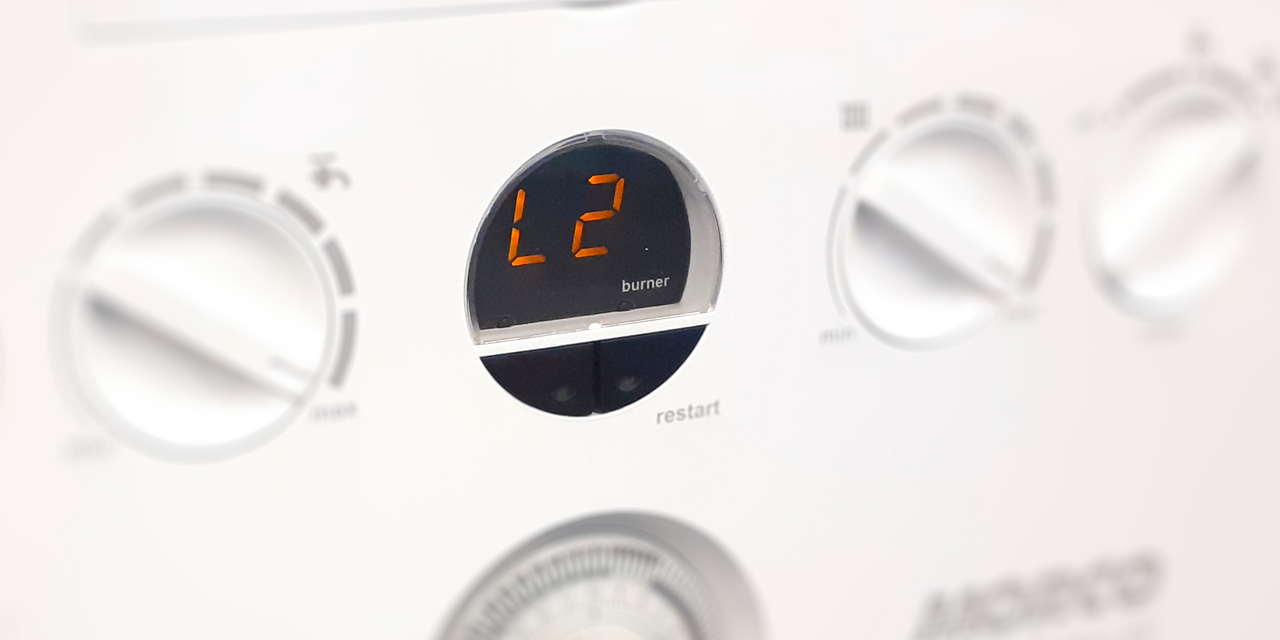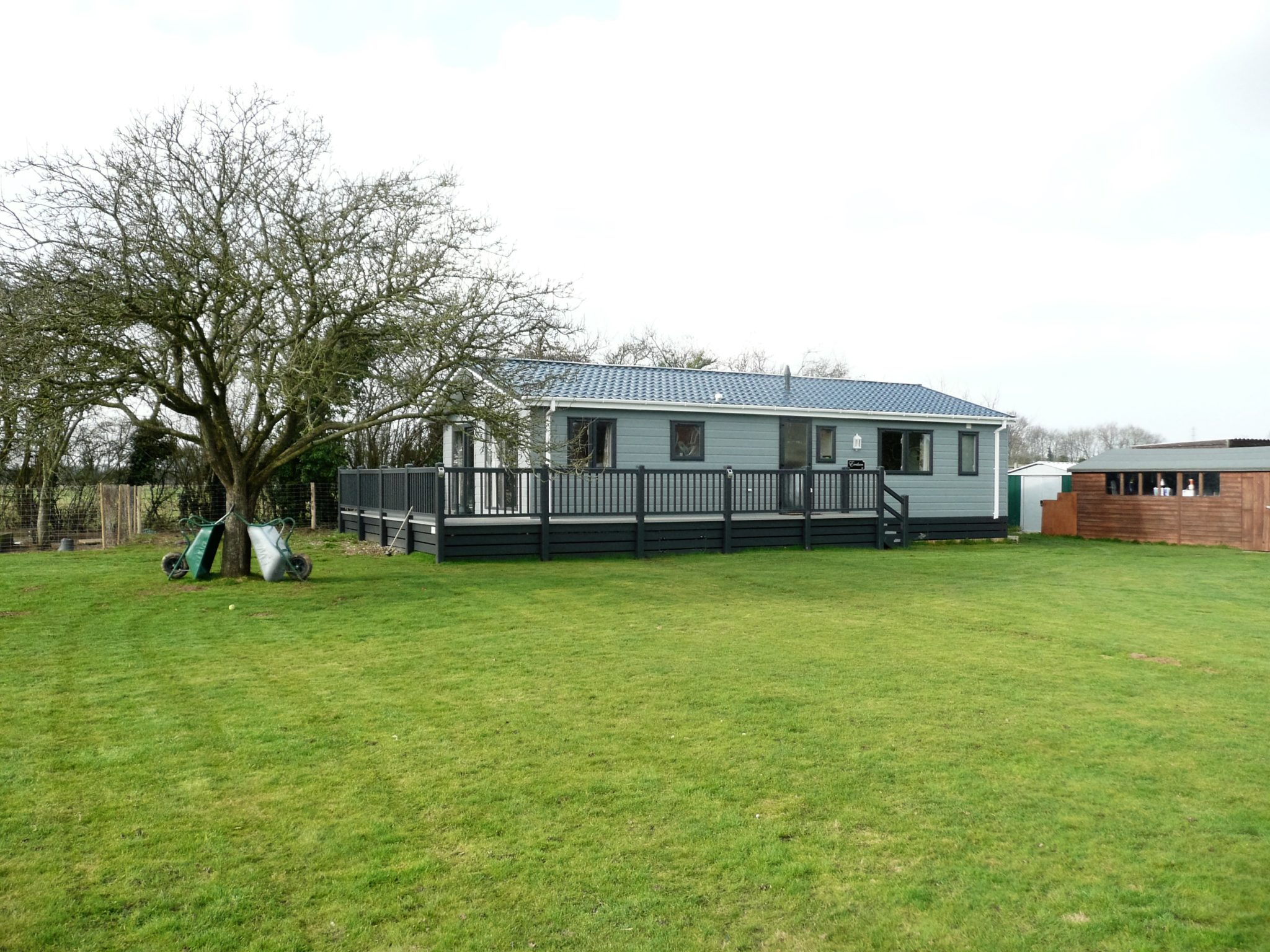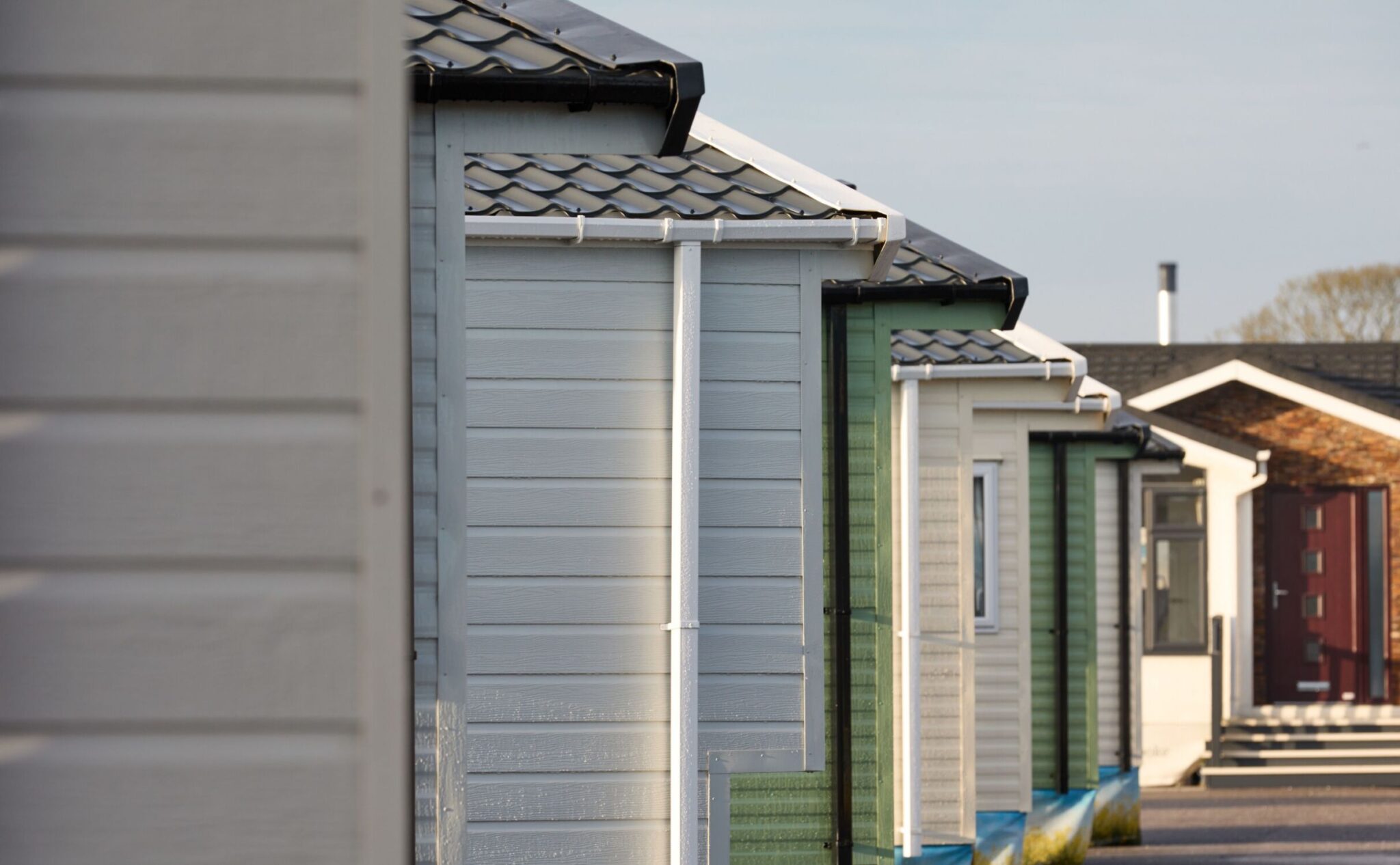Imagine waking up on a chilly morning in your static caravan. What’s the first thing you see when you open the bedroom curtains?
Suppose it’s a clear view of the outside world, congratulations. But if the window is so steamed up you could sign your name on it, beware!
Condensation can mean big trouble in static caravans. So, in this article, we’ll explore the potential problems and discuss control methods. But first, let’s understand what we’re dealing with.
What causes condensation?
Condensation happens when warm, moist air meets a cold surface. That’s why it tends to be worse in winter, when there’s a bigger difference between the snugly heated interior of your holiday home and the chilliness outside.
There’s always moisture in the air, and as that moisture cools, it transforms from vapour (invisible gas) to liquid droplets. Your fogged-up window is the result.
Every living creature produces water vapour. But how much? Well, estimates show that a family of four in a three-bedroom house produces 112 pints of water per week. So, the answer is a lot.
Some of that moisture is produced by everyday activities, such as cooking, washing up, showering, and putting the kettle on. But a lot of humidity typically results from breathing.
Even when all that H2O is spread around a big house, condensation can be noticeable. Pack it into the confined space of a static caravan, and it’s unavoidable.
Where to look for condensation
Glass surfaces are where condensation is most visible, but it will affect more than your windows and mirrors. Moisture can settle anywhere that’s colder than the air temperature, so outside walls and the roof of your caravan are spots you need to check regularly. Kitchens and bathrooms are also prone to condensation for obvious reasons.
What happens if condensation is left untreated?
Mould, in a word. Mildew if you need two. Condensation is most likely to be left untreated in places where it’s less visible or harder to reach. Ceilings, corners, window surrounds, and the insides of cupboards can become permanently damp. The result is creeping black mould.
This is not only ugly; it’s also unhealthy, producing airborne spores that can cause skin problems, sinus complaints, and even bronchitis. Mould inside your static caravan is particularly serious for people with asthma and other breathing problems.
If condensation is allowed to build up over days and weeks, it can also cause damp patches or even small pools of water. These will eventually cause stains and rot, so preventing recurrence is essential.
How to stop condensation in a static caravan
As we’ve seen, the conditions that cause condensation are as inevitable as breathing. But while it can’t be avoided, it can be prevented from doing harm. Here are our top tips for controlling static caravan condensation.
Ventilation, ventilation, ventilation – Encouraging airflow is the single most effective thing you can do control condensation. Open some windows and/or roof vents as soon as you arrive after a period away, and whenever possible while in residence. This practice allows the moisture to escape rather than build up on interior surfaces. It will also enable damp places to dry out more quickly. Fitting restrictors to windows is a simple way of keeping your caravan secure and well-ventilated.
Use fans and vents – Most modern static caravans feature cooker hoods and bathroom extractor fans. Always switch them on when cooking or showering, and leave them on for a while afterwards. The extra moisture takes longer to remove than most people expect.
Wipe down (and up) – Recognise that your static caravan is a small space and naturally prone to condensation. Get into the regular habit of using kitchen roll, a clean cloth, or a squeegee to remove moisture wherever it has settled — before it has the chance to become a permanent mould problem.
More condensation control ideas
Avoid drying clothes inside, as this will increase the moisture content of the air.
If you have a tumble dryer, make sure it vents to the outside.
Put lids on pans when cooking (this saves fuel as well as reducing steam).
Control your heating so it warms up gently, rather than all at once.
Invest in a dehumidifier (or several).
Place pots of salt around to soak up moisture from the air (cat litter can also work).
Improve the insulation of your caravan, and fit modern double-glazing if it’s an older model.
Will having a residential specification (BS3632) help combat condensation?
In word, yes. The BS3632 standard ensures all homes are suitable for year-round use. That means you can expect superior insulation, which helps to regulate the inside temperature and improve ventilation.
If, on the other hand, you buy a holiday home that is built to European standards (EN1647), you could find that it produces slightly more condensation, due to the fact it’s only suitable for temporary or seasonal holiday use.
Want to know more about static caravans?
Modern static caravans are cosy, comfortable places with efficient central heating, superb insulation, and high-performance double glazing. As such, if you follow the above tips and tricks, you’ll keep your home free from damp or mould. Here at The UK Caravan Centre we have a great range of homes to suit your requirements, call our team on 08002461206 and let us help you find the right home.










